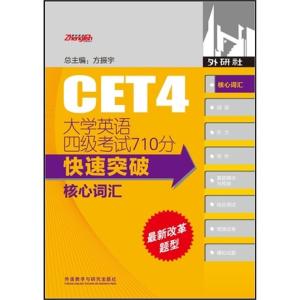考研英语阅读素来是兵家必争之地,要想英语取得一个不错的成绩,必须在阅读部分拿到一个不错的分数,所以2016考研的考生首先要重点复习的就 是阅读真题。我们从1996年考研英语阅读真题开始做,精析精练,不仅要学习方法,更重要的是提高阅读的基本能力。其最根本的方法就是提高词汇量,加强阅 读训练。每个人都有自己习惯的做题方法,不能说哪种方法更高明。

考研阅读如何打好英语基础拿高分
从历年的真题来看,基本可以确定考研阅读的常规做题方法就是:第一步分析题干,第二步原文定位,第三步匹配选项。大家在复习之初,就要铭记这个做题定律。带着题干问题开始阅读,然后定位原文出处。以2014年英语考研真题第25题为例:
But in Osborneland, your first instinct is to fall into dependency — permanent dependency if you can get it — supported by a state only too ready to indulge your falsehood. It is as though 20 years of ever-tougher reforms of the job search and benefit administration system never happened. The principle of British welfare is no longer that you can insure yourself against the risk of unemployment and receive unconditional payments if the disaster happens. Even the very phrase “jobseeker’s allowance” — invented in 1996 — is about redefining the unemployed as a “jobseeker” who had no mandatory right to a benefit he or she has earned through making national insurance contributions. Instead, the claimant receives a time-limited “allowance,” conditional on actively seeking a job; no entitlement and no insurance, at £71.70 a week, one of the least generous in the EU。
25. To which of the following would the author most probably agree?
[A]The British welfare system indulges jobseekers’ laziness。
[B]Osborne’s reforms will reduce the risk of unemployment。
[C]The jobseekers’ allowance has met their actual needs。
[D]Unemployment benefits should not be made conditional。
这是一个具体信息型题目。按照快速定位法,我们根据选项定位到具体的原文出处,A选项根据大写字母The British welfare system定位到最后一段的第三句,原文是“no longer”,判定该选项的意思与原文正好相反。B选项根据Osborne’s reforms可定位到第一段第二句,意思是通过该项目可以减少失业的危险,所以B为正确答案。C选项根据题干“the jobseekers’ allowance”定位到最后一段倒数第二句,该句提到“no fundamental right”,恰与C选项表意相反,所以C是反向干扰。D选项根据题干“conditional”定位到最后一段最后一句,其中只提到 “conditional on actively seeking a job…”,并没有要说以后应该怎样,所以属于无中生有。
正确的答案就是根据定位法匹配出来的!鉴于考研阅读文章的篇幅非常长,信息量非常大,定位法可以帮助考生迅速将注意力集中到与试题相关的原文语 句上来,有助于大家对试题的正确分析,同时节省了宝贵的时间。
 爱华网
爱华网



